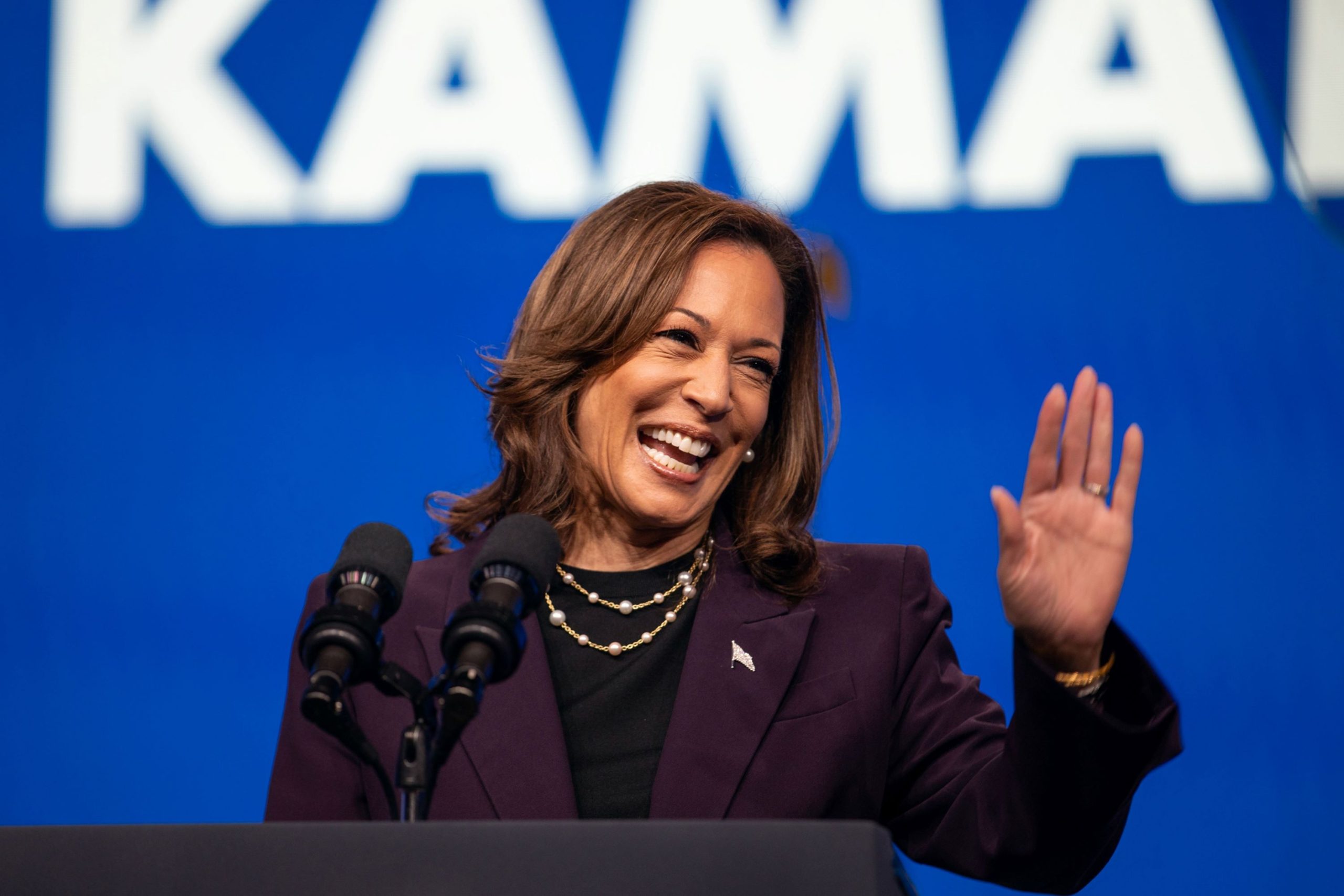Kamala Harris outlines her economic plans
As the United States prepares for its next presidential election on November 5, 2024, Vice President Kamala Harris has recently unveiled a comprehensive economic plan aimed at reducing the cost of living for middle-class households. Harris’s plan, which echoes many of the priorities set forth by the Biden administration, focuses on alleviating the financial burdens of everyday Americans, with a particular emphasis on housing, healthcare, and taxation.
Housing Initiatives
Harris is placing priority on addressing the housing crisis and is committed to constructing 3 million new homes to meet growing demand, a move she believes is crucial for stabilising the market and making homeownership more accessible. This ambitious target is designed to alleviate the chronic undersupply that has driven up prices in many parts of the country.
To further assist homeowners, Harris is proposing the introduction of a first-time homebuyer tax credit. This initiative would provide financial support to new buyers, making the dream of homeownership attainable for more Americans.
Additionally, she has advocated for a $40 billion fund dedicated to the construction of affordable housing, ensuring that lower-income families are not left behind in the competitive housing market.
Harris’s plan also takes aim at corporate landlords and large investors who have increasingly dominated the rental market. She has called for a crackdown on companies that own significant numbers of apartments and use pricing algorithms to inflate rents. By limiting these practices, Harris aims to protect renters from exploitative pricing strategies. Moreover, she is advocating for legislation that would block large investors from purchasing homes solely to rent them out, a practice which has driven up home prices.
Healthcare
In the realm of healthcare, Harris is building on President Biden’s efforts to reduce the cost of prescription drugs, a key issue for many American families. Harris has pledged to extend the $35 per month cap on insulin prices—a measure currently available only to Medicare recipients—to the broader population. Additionally, she is proposing a $2,000 annual cap on out-of-pocket drug costs, which would offer significant financial relief to those burdened by high medication expenses.
Harris’s healthcare plan also includes an expansion of the child tax credit for newborns, increasing it to $6,000 per child.
This initiative is intended to provide additional support to families during the critical early years of a child’s life, helping to cover the rising costs of childcare and other essential needs.
Reducing costs
Kamala Harris has acknowledge the price increase of the cost of living, specifically on grocery shopping and has promised to ban price gouging across the country. Supermarkets increased their prices to stay afloat since the pandemic and have continued to increase prices, creating the term, 'Greedflation' which was common across the world. Whilst this sounds like great news for households, being able to bring down the cost of their food shops, economists are concerned. Reducing prices will encourage people to spend more and in turn will increase inflation as the demand for products grows.
Tax
On the tax front, Harris is advocating for reforms that would directly benefit workers. One of her key proposals is the elimination of taxation on tips, one of the few policies which align with her opposition, Donald Trump. By removing this tax, Harris aims to increase the take-home pay of workers in the service industry, many of whom rely on tips as a significant part of their income.
To fund her economic initiatives, Harris is proposing an increase in the corporate tax rate to 28%. This adjustment, she argues, is necessary to ensure that corporations contribute their fair share to the economy, particularly in light of the benefits they have reaped in recent years.
Harris’s economic plan will be a central theme of her campaign in the aim to reduce costs for households and to alleviate the pressure from the cost of living.














